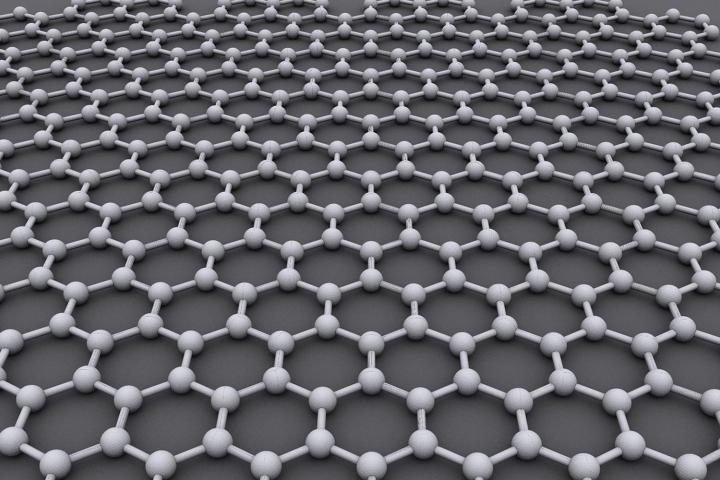
Now, like any overachiever worth its electrons, it’s got another confirmed skill: The long-speculated-upon ability to work as a superconductor, meaning that electrical current flow through it with zero resistance.
In a new paper, published in the journal Nature Communications, researchers at the United Kingdom’s Cambridge University describe how graphene’s superconducting abilities can be activated by coupling it with a material called praseodymium cerium copper oxide (PCCO).
This is the first time researchers have managed to make graphene a superconductor without having to alter it, such as by doping it with calcium atoms as in a previous study. Although the graphene was coupled with PCCO for this experiment, the researchers were able to clearly distinguish between the superconductivity of PCCO and that of the graphene, due to the “spin states” of electrons. In the case of PCCO, this spin state is what is referred to as a “d-wave state,” while investigators on the project think graphene may show a rare “p-wave” form.
Superconductors have long been used to generate large magnetic fields for devices like MRI scanners. Long term, though, they offer an even more exciting possibility: Unlimited energy. That’s because they don’t need to be constantly resupplied with current.
“One day, the dream is to make your computer or your iPhone work without dissipating energy,” junior research fellow Angelo Di Bernardo, one of the paper’s authors, told Digital Trends. “You’ll just charge it once and then you can forget about having to charge it again its entire lifetime.”
Right now, the challenge is that such superconductors only work at extremely low temperatures, way below zero. Although the PCCO material used in this experiment was also cooled to a very low temperature, the hope is that in future it will be possible to choose alternate materials that can be closer to room temperature.
Dr. Di Bernardo described the work to us as “a fundamental discovery, rather than something that will have practical application in the short term.” However, he said that it could offer a slew of possible use-cases, most notably to help power quantum computers.
There’s still plenty of work that needs to be done to build on this discovery, but it is hoped that this breakthrough will represent a major turning point in our ability to develop molecular electronics devices with novel functionalities, based on superconducting graphene.
Editors' Recommendations
- Future chips may be 10 times faster, all thanks to graphene
- Safe graphene battery won’t unexpectedly burst into flames like lithium-ion
- Chemists find a way to transform trash into wonder material graphene
- What is graphene?
- Graphene’s latest neat trick? Stopping mosquitoes from biting you


